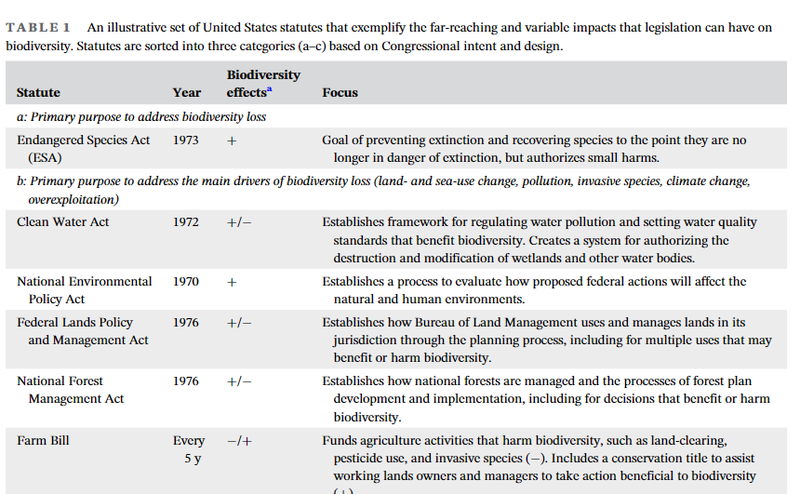

The U.S. needs a National Biodiversity Strategy (hereafter Strategy). As anation that places a high value on domestic biodiversity and on being a globalleader in biodiversity conservation, the U.S. is failing to live up to its expecta-tions regarding a national Strategy. A Strategy should suggest both legislationand policies and guide our country toward achieving stated objectives. We firstpropose a process to create a Strategy that involves establishing a governmenttask force and supporting expert advisory panel. We then identify five keyelements of a Strategy. First, a Strategy should identify priorities among legisla-tion that impacts biodiversity. At present, conflicting rules lead to administra-tive uncertainty and inconsistent decisions. Second, a Strategy should create acomprehensive vision for societal participation in biodiversity protection. Cur-rent practices comprise a mixture of different levels of commitment to stake-holder participation and social justice. Third, a Strategy should mandateperiodic review to better provide the American public a synopsis of how weare faring with our treasured biodiversity. Fourth, a Strategy should be as com-prehensive and broad as biodiversity itself, spanning organizational rangesfrom genes to ecosystems. Finally, a Strategy should provide a structure forachievement that incentivizes public and business and that stimulates innova-tion, particularly in nature-based solutions to complex environmentalchallenges.